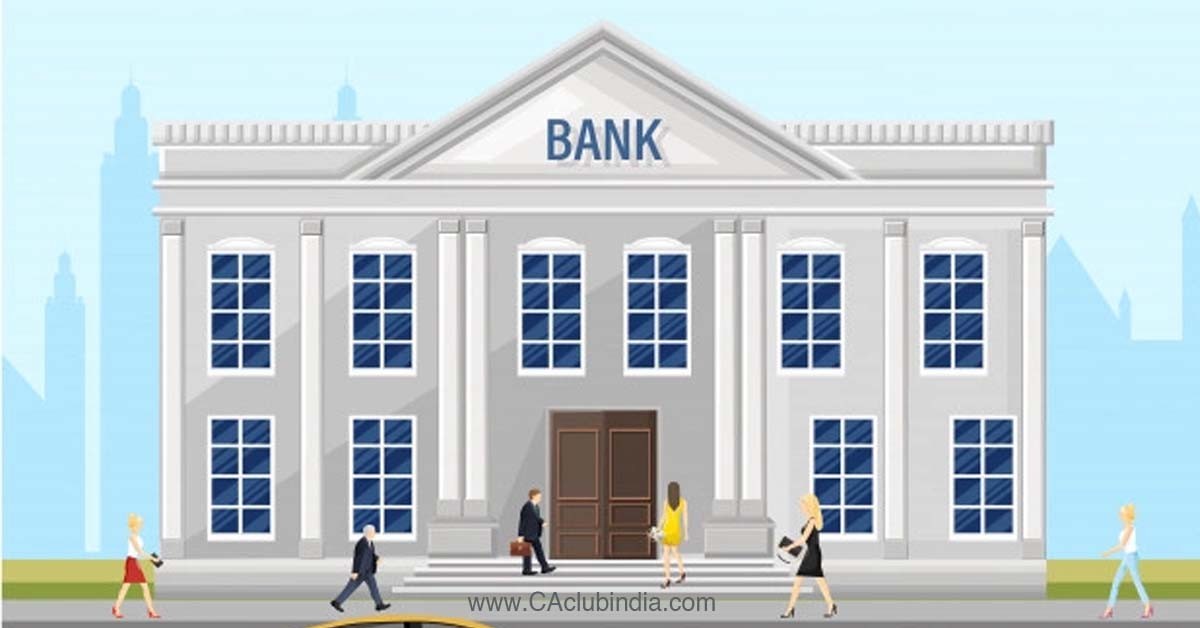Reserve Bank of India has issued notification which provides guidance regarding amalgamation of DCCB's with STCB. As few State Governments approached RBI for amalgamation of District Central Co-operative Banks (DCCBs) with the State Co-operative Banks (StCB) as a two-tier Short-term Co-operative Credit Structure (STCCS). Guidance has been provided over proposal submission, compliance to be made, stages of approval, regulatory requirement, post amalgamation requirement, disclosure to be made post amalgamation in annual report and many more.
Key highlights of the notification
1. RBI will consider proposal for amalgamation only after fulfillment of following:
a. State Govt. to should make proposal after detail study of:
- Legal framework
- Capital Infusion strategy
- Assurance of financial support
- Projected business model

b. Scheme of Amalgamation to be approved as per provision of Sec 44A read with Sec 56 of The Banking Regulation Act,1949.
c. Proposal to be examined and recommended by NABARD.
2. The proposal will be examined by RBI in consultation with NABARD and sanction /approval will be a two stage process :-
a. First stage: It would be an "in principle" approval will be accorded subject to fulfillment of certain conditions.
- Scheme of amalgamation to be presented to the shareholders which would be passed by assent of 2/3rd majority present and voting, both in number and shareholding value, after fulfilling section 44A and 56.
- An MOU should be executed defining issues such as governance structure, management, manpower/HR issue, swap ratio. The MOU to be submitted to RBI / NABARD.
- Due diligence on amalgamating entities shall be carried out by Chartered Accountants. CA firms registered with IBBI as valuers would be working out swap ratio.
- State government shall infuse capital in case of short allotment of share.
- All essential compliance such as income recognition, asset classification, provisioning norms etc to be followed.
- Post amalgamation the STCB to follow required CRAR norms and all regulatory requirement along with ensuring continuation of all services which was previously provided to customers. Services which are not permitted to amalgamating bank should be phased-out non-disruptively within one year of grant of final approval.
- STCB to ensure appropriate configuration of IT system and ensure completion of migration audit before amalgamation.
- Constitution of Board of Director, Board of Management to be done within 3 months of amalgamation, MD/CEO to be appointed as per RBI.
- Banking license of STCB shall be continued after amalgamation.
- Existing branches of DCCB's to be converted into branches of STCB's within 3 months from the date of amalgamation, branch license shall also be taken from RBI.
- DICGC clearance for amalgamation to be obtained by STCB before applying for final approval.
- Customers of DCCB's to be given sufficient notice period for transition of interest rate on their account as a part of amalgamation.
b. Second Stage: After completion of First stage RBI and NABARD shall be approached for final approval along with compliance report.
3. Basic regulatory criteria
- The proposal should be in compliance with legal requirement.
- Financial parameters of amalgamated entity based on robust financial statement.
- STCB should have strong governance and satisfactory track record of regulation and compliance.
4. The assets and liabilities of the transferor DCCBs will be transferred to STCB on the date of the amalgamation as advised by Reserve Bank while according final approval for the amalgamation.
5. Post amalgamation requirements:-
- Compliance report to be submitted within due time.
- Licences of the transferor bank to be surrendered and branch licences to be taken within due time.
- Settlement of claims to be done and list of pending claims to be indicated.
6. Following disclosure to be made post amalgamation in annual accounts of amalgamated entity:
- Pension liabilities and methodology of valuation of such liabilities.
- Status of vigilance cases, pending fraud cases, outstanding inter-bank adjustments.
- Outstanding claims of amalgamating banks.
- Additional disclosure as required by regulator.








 CAclubindia
CAclubindia

